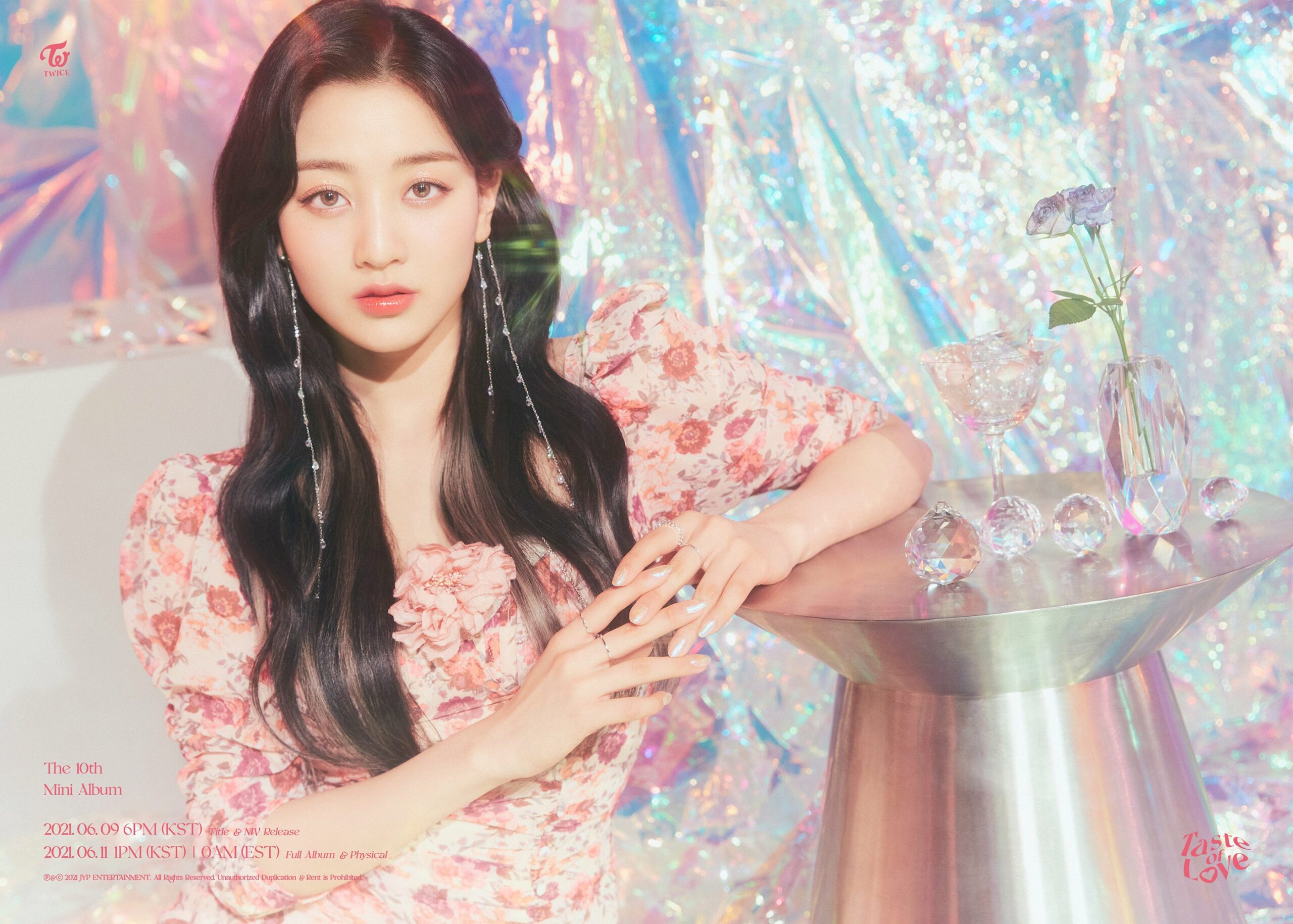Your Complete Guide to Biases, Ultimates and Other K-pop Slang
You might want to take some notes.

If you hang around any fandom space chances are you are aware of K-pop, even just peripherally. But like any tight-knight fandom, getting into K-pop as a newbie can seem daunting. Names and stage names to learn, discographies to catch up on, schedules to get familiar with, and a massive linguistic barrier to overcome—and it’s not just Korean. K-pop has a vast vocabulary of terms and expressions that characterize its daily fandom life—even though many of them are lifted straight from the English lexicon, they assume a whole new meaning when referred to K-pop. So where to begin? From the omnipresent “bias,” of course.
“Bias” is really the baseline of all K-pop terms and also of all K-pop interactions. The reason becomes immediately clear when you look at its meaning—rather than the negative-tinted meaning of “having or showing an unfair tendency to believe that some people, ideas, etc., are better than others,” as per Google, in K-pop “bias” simply serves to indicate your favorite idol (or idols) in a group.

Your bias might be the first member you noticed when you started getting into the group, the one whose personality you like the most, or the one whose singing voice or dancing skills leave you mesmerized. There really is no rule—but you should know that, much like Ollivander’s wands, it is the bias that picks the fan and not the other way around. For me, there really was no fighting it—Jihyo was the first one I noticed when I clicked on TWICE’s “YES or YES” music video and she still is the one I hold nearest and dearest to my heart to this day. Godjihyo, I love you more than words can say.
Now, opinions about biases vary depending on who you ask inside the K-pop fandom, which is probably to be expected in a community this large. Some people say that having a bias is unfair to the other members of the group, which isn’t really the case—a bias is just a preference within a group of people you still like equally. When it turns into only supporting one member while tearing down the others it’s no longer having a bias, that’s solo stanning (and that is rightly frowned upon within the fandom).
On the other hand, some people also argue that you can only have one bias per group, because having a bias means being loyal to that one single idol—that’s also pretty arbitrary, since who can really dictate how many celebrities you form a parasocial relationship with? It’s called “a bias list” (aka the list of all your biases from all the groups you follow) for a reason. Pick one bias, pick two, pick three, you make your own rules.
Things get even more complicated—and fun—when you bring “bias wrecker,” “ultimate” and “ultimate wrecker” into the picture. A “bias wrecker” does exactly what the term suggests—they wreck your bias, catching your attention even when they’re not your “original” bias. Hello, Hirai Momo, this message is aimed at you specifically.

Ultimate and ultimate wreckers are bias and bias wreckers amped up to the max—if your bias is your favorite within a group then your ultimate is your favorite within the whole industry, and the same goes for your ultimate wrecker. Jihyo is my TWICE bias, but RM is my K-pop ultimate. Momo is TWICE bias wrecker, but Jungkook is my K-pop ultimate wrecker—you get the idea.
After this crash course, you’re ready to venture into the K-pop fandom spaces which hopefully won’t look as obscure now. And of course, you’re ready to let your bias pick you.
(image: JYP Entertainment)
Have a tip we should know? [email protected]